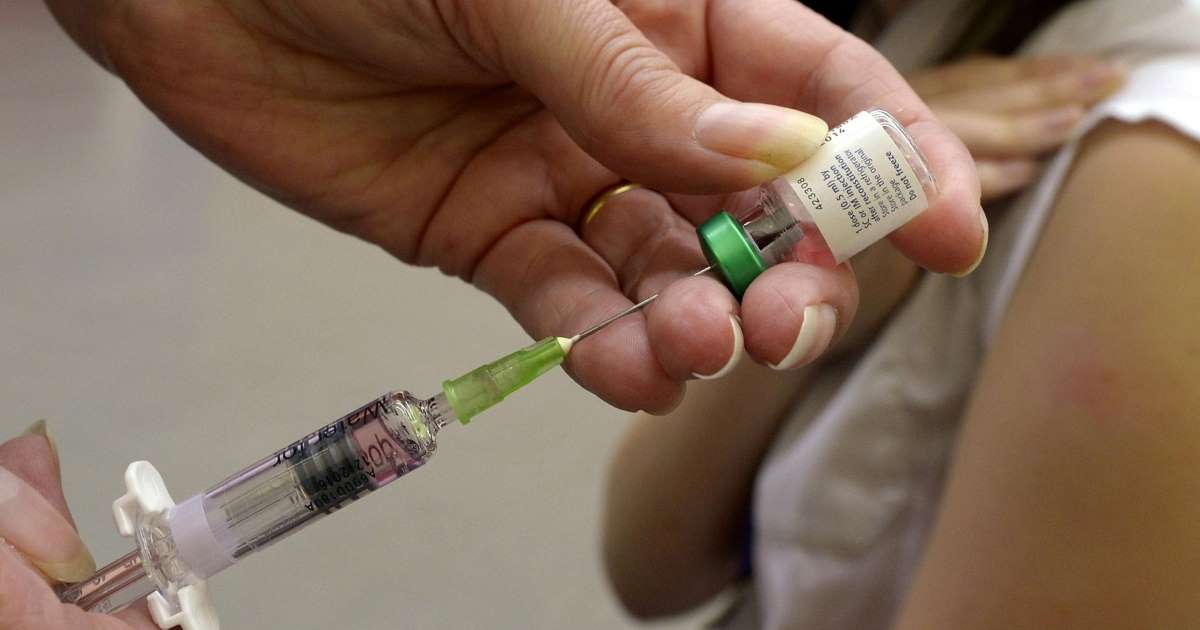How To Treat Shingles
Shingles is a type of viral infection that can occur in individuals who had chickenpox as children. The virus causes a painful rash that usually spreads across a small portion of one side of the body. At first, the skin might be red and painful to the touch. Then patients might develop extremely painful blisters that can break and increase their infection risk. After individuals have chickenpox, the virus becomes dormant and hibernates in the tissue surrounding their spinal cord and brain. If it activates again and travels along their nerves to their skin, it develops as shingles. It's impossible to contract shingles without having been exposed to the virus. Some estimates believe up to one-third of the population of the United States will develop shingles in their adulthood.
Antiviral Medication

Shingles can't be cured, but antiviral medication can be used to treat the outbreaks and help to speed the healing time. Some antiviral medication might also help reduce a patient's risk of developing complications, especially if they have underlying medical conditions shingles might aggravate. Antiviral therapies for shingles must be prescribed by a doctor. Patients need to see a doctor as soon as they first notice the symptoms. The two most common types of antiviral medication prescribed are acyclovir and valacyclovir. In addition to treating shingles, acyclovir is sometimes prescribed to treat cold sores, chickenpox, and outbreaks of genital herpes. Since the shingles virus already lives in the patient's body, the antiviral medication might be prescribed to help reduce the chances and severity of future outbreaks. Acyclovir helps to speed the healing of sores from shingles and other diseases. Valacyclovir is an antiviral drug used to treat the same viruses acyclovir does. It helps sores heal faster and helps reduce the severity of future outbreaks.
Certain Injections

Certain injections might be used to help manage the severe pain often associated with shingles. The condition tends to cause serious pain on and around the site of the redness and blisters. While helping the sores to heal faster is ideal for treating outbreaks and returning to day-to-day function, the pain needs to be managed in the meantime. When managing shingles-related pain, a doctor will usually use an injection that includes a combination of local anesthetics and corticosteroids. In addition, after the sores heal, there's sometimes a lingering pain, which is referred to as post-herpetic neuralgia. According to researchers, somewhere between thirty and sixty percent of the adults with shingles will also develop post-herpetic neuralgia, which leads to nerve pain, often around the wall of the chest. To treat post-herpetic neuralgia, a doctor might use intercostal nerve blocks to inject local anesthetic between two of the patient's ribs. They might also use thoracic epidural injections, which are anti-inflammatory drugs injected around the spinal cord to reduce pain by decreasing inflammation in the nerve roots.
